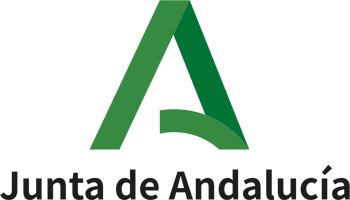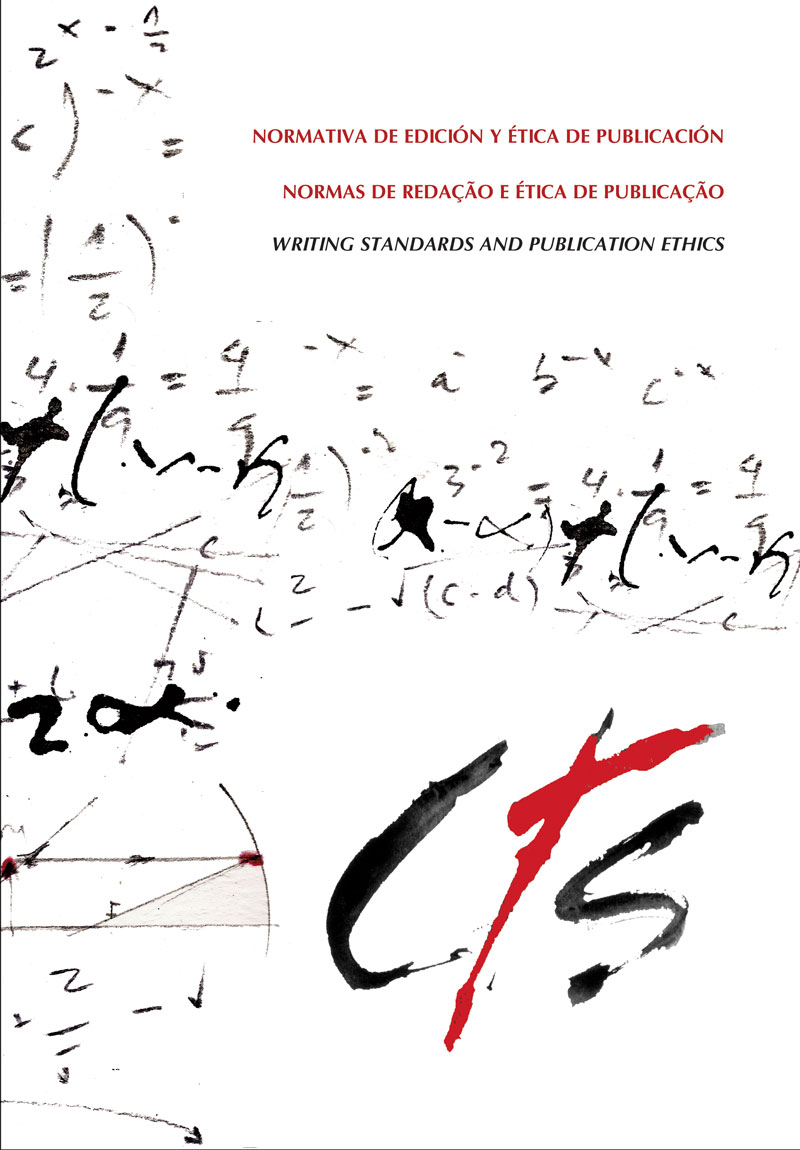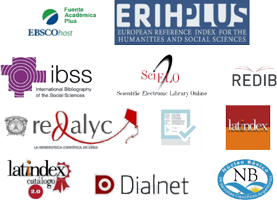STI Observatories: Concepts, Services, Indicators and Sources of Information
Keywords:
observatory, STI, STI indicatorsAbstract
Observatories can be found in different contexts, with an emphasis on those interested in monitoring science, technology and innovation (STI). However, there is a lack of studies of their purposes, features and how they are being organized. This paper aims to verify how STI observatories are structured in the digital landscape. It presents structural characteristics of observatories, investigates the concepts from theoretical analysis and empirical uses, and raises its sources of information, services and indicators. Its methodology offers a qualitative and descriptive approach that analyses the content resulted from a study of five STI observatories. The data shows that the concept around observatories is aligned with the monitoring of STI through indicators; that the main sources of information used by observatories are secondary, coming from national and international bodies and databases; that services range from studies of policies and strategies in STI to the systematization of indicators; and that there is a production and availability of various indicators, both input and output, including financial and human resources, bibliometric, context, patents, innovation, scientific culture and gender parity. Mapping these elements could contribute to the understanding, planning and construction of new STI observatories.
Downloads
References
Álvarez, G. R. e Caregnato, S. E. (2017). A ciência da informação e sua contribuição para a avaliação do conhecimento científico. BIBLOS, 31(1), 9-26. Disponível em: https://periodicos.furg.br/biblos/article/view/5987. Acesso em: 16/08/2019.
Ângulo Marcial, N. (2009). ¿Qué son los observatorios y cuáles son sus funciones? Innovación Educativa, 9(47), 5-17. Disponível em: https://www.redalyc.org/pdf/1794/179414895002.pdf. Acesso em: 22/07/2019.
Araújo, C. A. A. (2009). Correntes teóricas da ciência da informação. Ciência da Informação, 38(3). Disponível em: http://revista.ibict.br/ciinf/article/view/1240. Acesso em: 13/02/2020.
Bardin, L. (2011). Análise de conteúdo. São Paulo: Almedina.
Cavalcante, L. R. (2014). Classificações tecnológicas: uma sistematização. Brasília: IPEA. Disponível em: http://repositorio.ipea.gov.br/handle/11058/5984. Acesso em: 09/02/2020.
De La Vega, I. (2007). Tipología de observatorios de ciencia y tecnología: Los casos de América Latina y Europa. Revista Española de Documentación Científica, 30(4), 545- 552. Disponível em: http://redc.revistas.csic.es/index.php/redc/article/view/404/416. Acesso em: 14/08/2019.
Hayashi, M. C. P. I., Cabrero, R. de C., Costa, M. da P. R. e Hayashi, C. R. M. (2007). Indicadores da participação feminina em Ciência e Tecnologia. Transinformação, 19(2), 169-187. Disponível em: https://scielo.br/scielo.php?script=sci_abstract&pid=S0103-37862007000200007. Acesso em: 10/02/2020.
Mueller, S. (2013). Estudos métricos da informação em ciência e tecnologia no Brasil realizados sobre a unidade de análise artigos de periódicos. Liinc em Revista, 9(1). Disponível em: http://revista.ibict.br/liinc/article/view/3429. Acesso em: 25/08/2019.
Nhacuongue, J. A. e Ferneda, E. (2015). O campo da ciência da informação: contribuições, desafios e perspectivas. Perspectivas em Ciência da Informação, 20(2), 3-18. Disponível em: https://scielo.br/scielo.php?script=sci_abstract&pid=S1413-99362015000200003. Acesso em: 28/01/2020.
Organization for Economic Cooperation and Development (2002). Frascati Manual: proposed standard practice for surveys on research and experimental development. Paris: OECD Publishing. Disponível em: http://www.oecd-ilibrary.org/science-and-technology/frascati-manual-2002_9789264199040-en. Acesso em: 23/02/2020.
Organization for Economic Cooperation and Development e Eurostat (1995). Measurement of scientific and technological activities: manual on the measurement of human resources devoted to S&T - Canberra Manual. Paris: OECD Publishing. Disponível em: https://www.oecd-ilibrary.org/science-and-technology/ measurementof-scientific-and-technological-activities_9789264065581-en. Acesso em: 23/02/2020.
Organization for Economic Co-Operation and Development e Eurostat (2005). Oslo Manual: guidelines for collecting and interpreting innovation data. Paris: OECD Publishing. Disponível em: https://www.oecd-ilibrary.org/science-and-technology/oslo-manual_9789264013100-en. Acesso em: 24/02/2020.
Palacin-Silva, M., Seffah, A., Heikkinen, K., Porras, J., Pyhälahti, T., Sucksdorff, Y., Anttila, S., Alasalmi, H., Bruun, E. e Junttila, S. (2016). State-of-the art study in citizen observatories: technological trends, development challenges and research avenues. Helsinki: Finnish Environment Institute. Disponível em: https://helda.helsinki.fi/handle/10138/164810. Acesso em: 21/01/2020.
Red Iberoamericana de Indicadores de Ciencia y Tecnología (2015). Manual de Antigua: indicadores de percepción pública de la ciencia y la tecnología. Buenos Aires: RICYT.
Salazar, M., Guillard, C. e Crespi, G. (2019). The Colombian Observatory of Science and technology: Between relevant context and internationally comparable indicators. Washington: Inter-American Development Bank. Disponível em: https://publications.iadb.org/pt/node/18547. Acesso em: 08/08/2019.
Soares, L. C., Ferneda, E. e Prado, H. A. (2018). Observatórios: um levantamento do estado do conhecimento. Brazilian Journal of Information Science: Research Trends, 12(3), 86-110. Disponível em: http://revistas.marilia.unesp.br/index.php/bjis/article/view/7958. Acesso em: 10/01/2020.
Salgado Batista, D., Guzmán Sánchez, M. V. e Carrillo Calvet, H. (2003). Establecimiento de un sistema de vigilancia científico-tecnológica. ACIMED, 11(6). Disponível em: http://scielo.sld.cu/scielo.php?script=sci_arttext&pid=S1024-94352003000600009. Acesso em: 31/10/2020.
Silva, J. L. C. e Freire, G. H. de A. (2012). Um olhar sobre a origem da ciência da informação: indícios embrionários para sua caracterização identitária. Encontros Bibli, 17(33), 1-29. Disponível em: https://periodicos.ufsc.br/index.php/eb/article/view/1518-2924.2012v17n33p1. Acesso em: 12/02/2020.
Trzesniak, P. e Santos, R. N. M. dos (2014). OtletCI: plano de trabalho para o edital Capes Professor Visitante Especial. Recife: Programa de Pós-Graduação em Ciência da Informação/UFPE.
United Nations Educational, Scientific and Cultural Organization (1984). Manual for Statistics of Scientific and Technological Activities. Paris: UNESCO.
Vinck, D. (1996). Experiencias y orientaciones de observatorios de ciencia y tecnología en Francia. Hacia la construcción de un observatorio de ciencia y tecnología. Bogotá: Tercer Mundo Editores.
Vogt, C. e Morales, A. P. (2016). O discurso dos indicadores de C&T e de percepção de C&T. Madrid: Catarata. Disponível em: http://www.oei.es/historico/divulgacioncientifi ca/IMG/pdf/odiscurso.pdf. Acesso em: 08/02/2020.
Downloads
Published
How to Cite
Issue
Section
License
Copyright (c) 2022 CC Attribution 4.0

This work is licensed under a Creative Commons Attribution 4.0 International License.
All CTS's issues and academic articles are under a CC-BY license.
Since 2007, CTS has provided open and free access to all its contents, including the complete archive of its quarterly edition and the different products presented in its electronic platform. This decision is based on the belief that offering free access to published materials helps to build a greater and better exchange of knowledge.
In turn, for the quarterly edition, CTS allows institutional and thematic repositories, as well as personal web pages, to self-archive articles in their post-print or editorial version, immediately after the publication of the final version of each issue and under the condition that a link to the original source will be incorporated into the self-archive.











